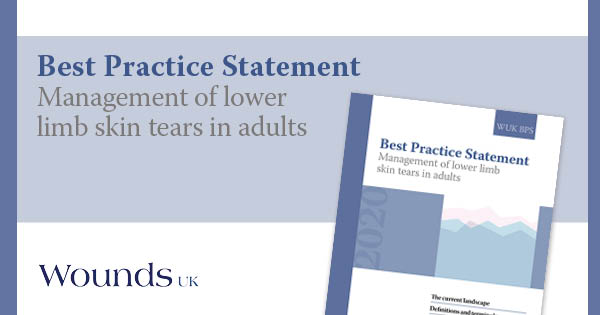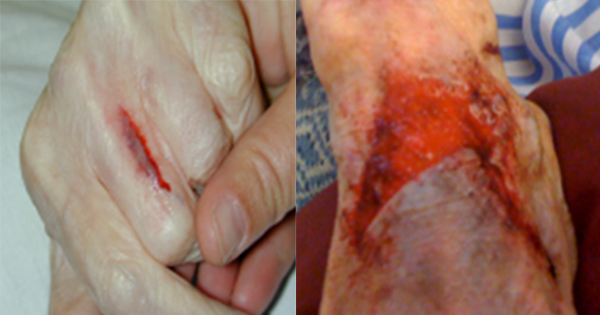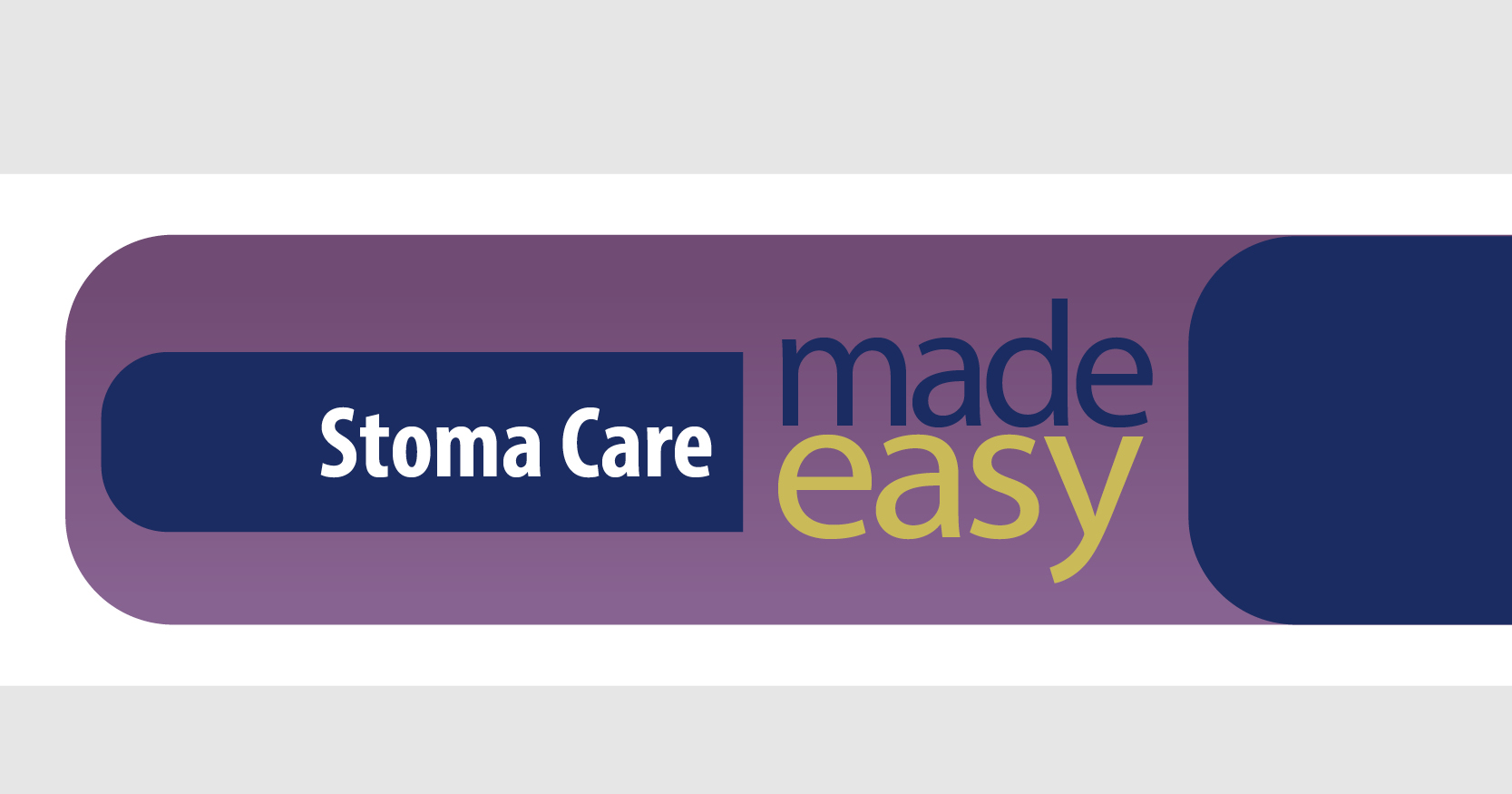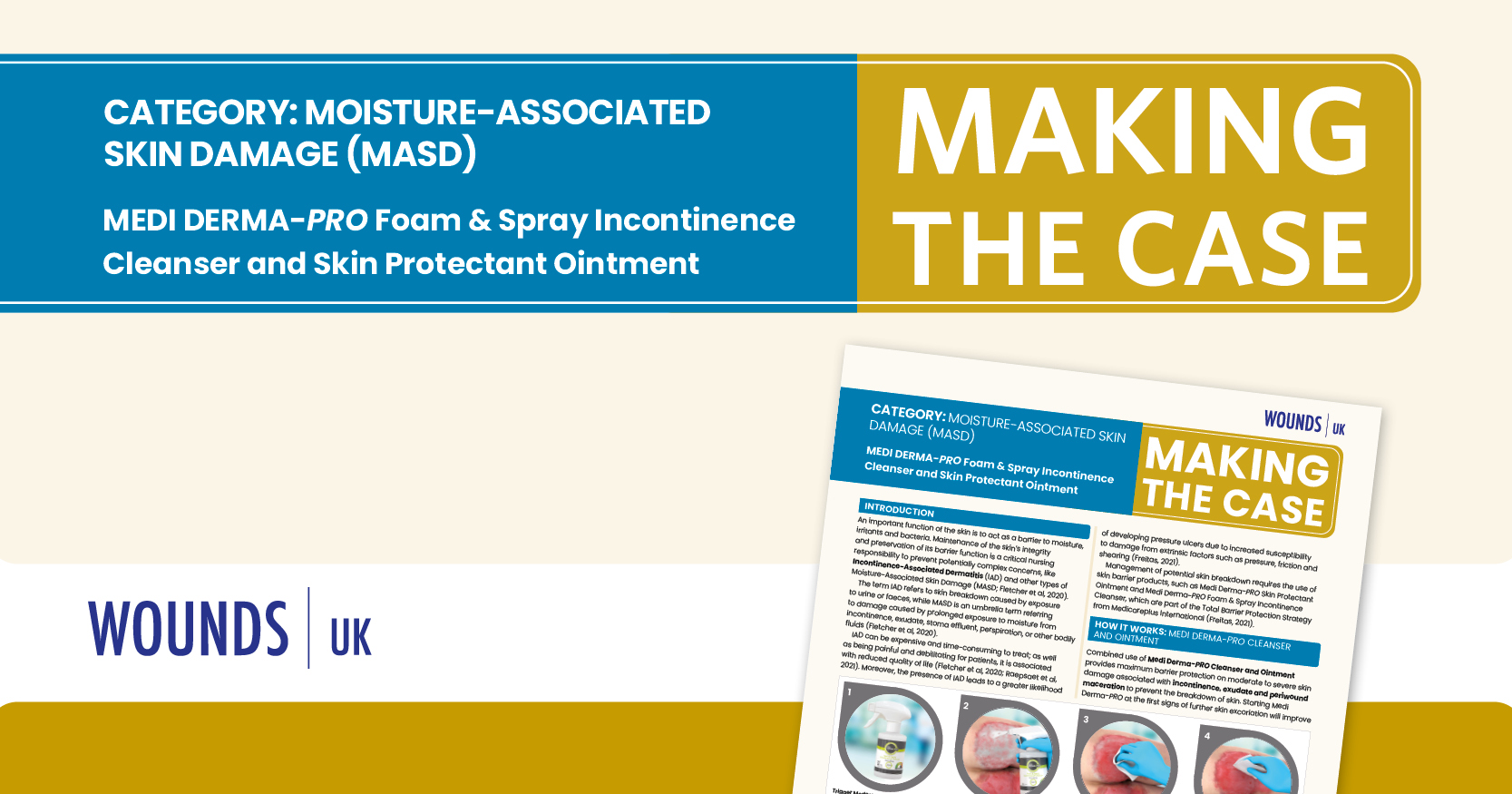A skin tear is a traumatic wound that is at risk of not healing and therefore becoming chronic (LeBlanc et al, 2018). Skin tears are common across care settings, representing an extensive and ‘hidden’ problem (Vernon et al, 2019a).
Skin tears are more common in older people and it is increasingly acknowledged that they are largely preventable (LeBlanc et al, 2018). However, there is still a lack of awareness in practice and of evidence in the published literature (Rayner et al, 2015). This can lead to a lack of accurate diagnosis and targeted treatment, which in turn has an impact on outcomes and patient quality of life.
The need for standardised definitions and classification in order to aid documentation and care of skin tears has been acknowledged (LeBlanc et al, 2018). In response to this, an audit was undertaken within the Doncaster and Bassetlaw Teaching NHS Foundation Trust, which identified a specific gap in knowledge and the management of skin tears in the lower limb, finding a ‘chaotic approach’ in documentation, knowledge and management (Vernon et al, 2019a). Subsequently, Vernon et al (2019b) developed and
evaluated a standarised care pathway.
Skin tears can occur anywhere on the body; however, lower limb skin tears are more likely to develop complications, particularly in individuals who also have multiple comorbidities (LeBlanc et al, 2018). Therefore, lower limb skin tears require specific guidance for management in practice. Specifically, this relates to the use of compression in conjunction with general skin tear management principles.
The expert working group met in London in November 2019, in order to discuss and further develop the Doncaster and Bassetlaw Teaching NHS Foundation Trust pathway, and to produce this document to provide context and guidance to use in practice.
This document should provide clinicians in both acute and community settings with the
information they need to treat lower limb skin tears with confidence. This document
supports the National Wound Care Strategy Lower Limb Programme (Adderly, 2018).
Supported by Urgo Medical







